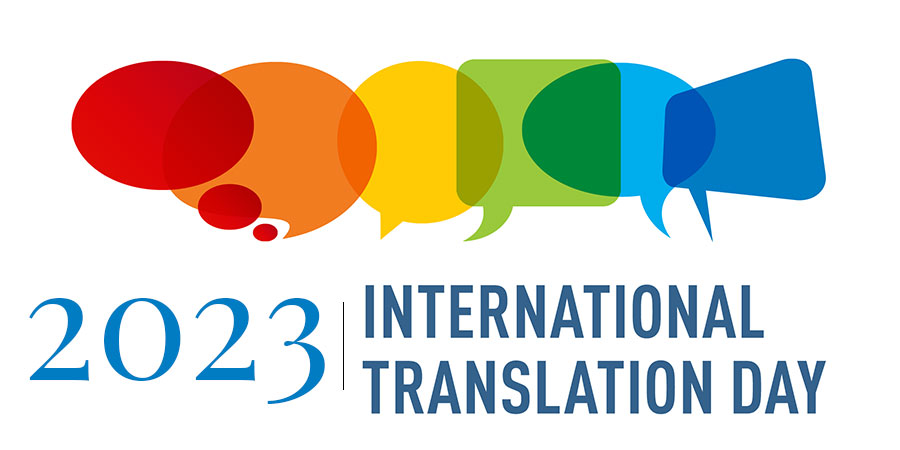Translating expressions of love and appreciation on Mother's Day across different languages is a delicate…
How Good Messages Die in Poor Translations

If you wish to prevent translation errors, it is best to leave it in the hands of a trained professional. If you prefer to manage different languages internally, you can outsource the translations to a local office. This way, you prevent translation errors as well as contextual errors. While translating every small bit can seem like a hassle, it can pay off big time.
United Nations Educational, Scientific and Cultural Organization (UNESCO) believes that the best way to educate children is through their mother tongue or home languages. However, some argue that producing learning materials in a variety of African languages is too costly in economic terms. Then there is the issue of the languages themselves. In South Sudan, for example, many languages are not even written down, and those often lack standardized orthographies or writing systems.
The major languages such as Dinka and Bari, which are spoken by 1.5 million and 800,000 people respectively, each have very little written in them. As a result, there is no tradition of written literature or journalism.
Organizations such as the Summer Institute of Linguistics (SIL) and the Ministry of Education have prepared a number of readers and basic textbooks for some languages, but there is an additional challenge to produce textbooks for subjects such as mathematics and science.
The new African language programs in development
Various African initiatives have been developed to encourage governments to make greater use of African languages, including in the education system. ACALAN has identified 12 cross-border languages for use in regions across the continent, together with inherited ex-colonial languages. Examples include Lingala and Beti-Feng for Central Africa and Chichewa and Sestwana for Southern Africa.
The idea is to get African languages used as a medium of instruction, just as English is in British schools, and Kiswahili is in Kenya. For example, the Bari language in South Sudan contains five or six distinct dialects that are sometimes called ‘languages’. However, all speakers can understand one another and it is quite possible, according to some linguists, to standardize the different dialects to create one written language which could be used by speakers of all the Bari ‘languages’. This phenomenon, not unlike the Scandinavian languages, is common in Africa.
The use of the mother tongue in the early stages elicits a range of opinions. Some say African languages should be used as the medium of instruction throughout the primary level. Others favor an ‘early exit’ model whereby an African language is used for the first three or four years of schooling and then replaced by the official foreign language, which has previously been taught as a subject. A common problem with this latter approach is that children are rarely able to learn sufficient English to allow them to cope with the transition into English as the language of instruction in the fourth or fifth year of primary school when most children are between nine and 11 years old.
What’s the solution?
It could be said that no country has got it right. In South Africa, for example, there are 11 official languages and the Ministry of Basic Education is introducing a policy whereby all speakers of English and Afrikaans must learn an African language in school. In Kenya, where Kiswahili is used as a lingua franca, this causes some confusion for some children since it is not their mother tongue. So, many Kenyan children are still being educated in a language that isn’t their own even though it is an African language. Uganda uses an early exit model, but in urban schools, English is the medium of instruction in all classes and the local language is taught as an additional language.
Some suggest that the choice of language should be decided at the school and community level and that the people themselves make the choice of which languages to use. This approach, it is argued, will most realistically reflect the languages used in the community.



